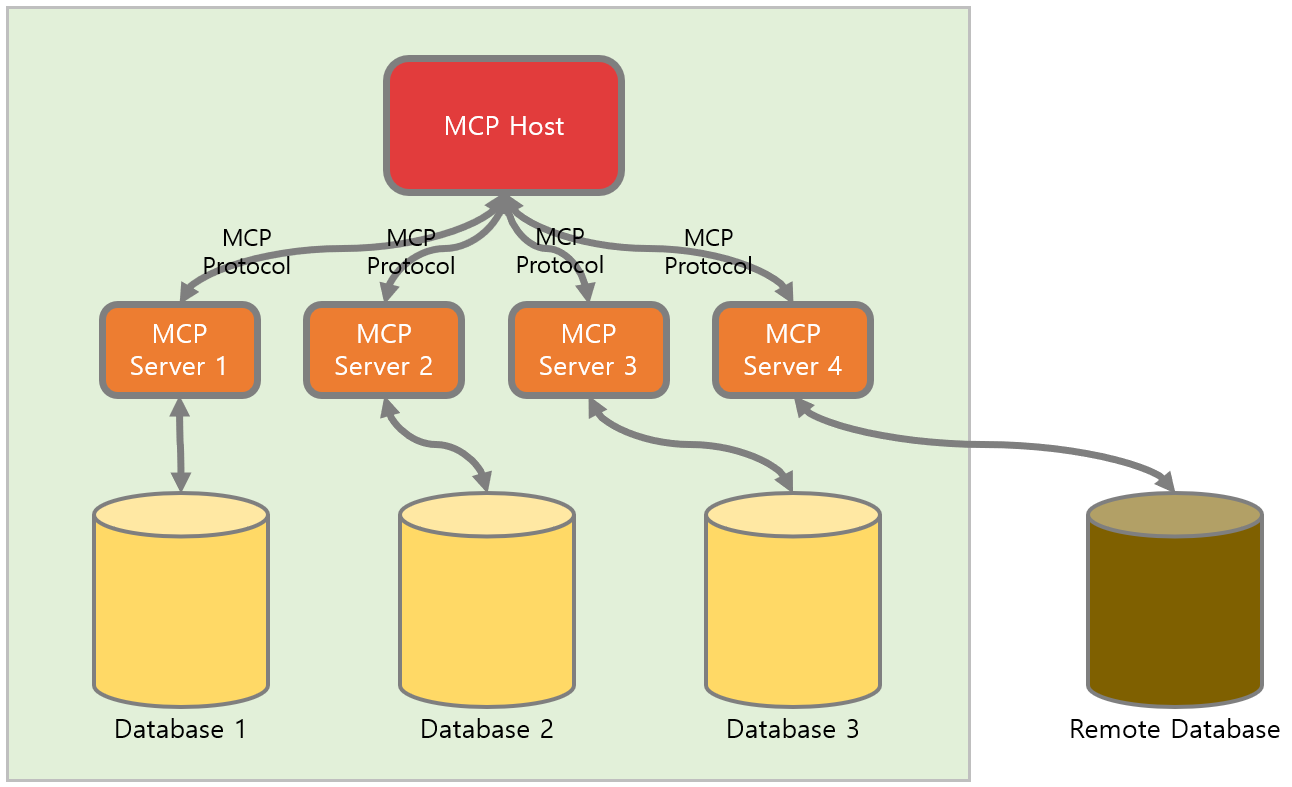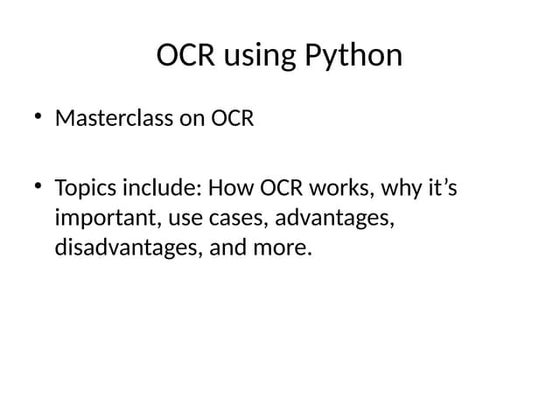- Published on
Unleashing the Power of OCR Optimization Techniques Using MCP Protocol
- Authors

- Name
- Adil ABBADI
Introduction
Optical Character Recognition (OCR) has become an indispensable technology in various industries, enabling the accurate extraction of text from images. However, as the volume and complexity of documents increase, the need for optimized OCR techniques becomes more pressing. One such approach is leveraging the Magnetic Ink Character Recognition (MICR) Coprocessor (MCP) protocol, which has shown promising results in enhancing OCR performance. In this article, we'll delve into the world of OCR optimization techniques using MCP protocol, exploring the benefits, techniques, and best practices to unlock the full potential of text recognition.

- Understanding MCP Protocol
- Pre-processing Techniques
- MCP-based Optimization Techniques
- Conclusion
- Take the Next Step
Understanding MCP Protocol
The MCP protocol is a communication standard designed for MICR-enabled devices, enabling the efficient exchange of data between devices and systems. By leveraging MCP, OCR systems can tap into the capabilities of MICR-enabled scanners, enhancing the speed and accuracy of text recognition.

Pre-processing Techniques
Before diving into the optimization techniques, it's essential to understand the importance of pre-processing in OCR. Pre-processing involves enhancing the image quality, removing noise, and normalizing the input data. Here are some pre-processing techniques to consider:
Binarization
Binarization involves converting the grayscale image into a binary image, separating text from the background. This step is crucial in OCR, as it directly affects the recognition accuracy.
import cv2
# Load the image
image = cv2.imread('input_image.png')
# Apply binarization using Otsu's thresholding
_, binary_image = cv2.threshold(image, 0, 255, cv2.THRESH_BINARY_INV + cv2.THRESH_OTSU)
cv2.imshow('Binary Image', binary_image)
cv2.waitKey(0)
cv2.destroyAllWindows()
Deskewing
Deskewing involves correcting the orientation of the text, ensuring it's aligned horizontally. This step is essential when dealing with scanned documents that may have been fed at an angle.

Noise Reduction
Noise reduction involves removing unwanted pixels or patterns that can affect OCR accuracy. Techniques like median filtering or Gaussian blurring can be employed to reduce noise.
import cv2
# Load the image
image = cv2.imread('noisy_image.png')
# Apply median filtering
filtered_image = cv2.medianBlur(image, 5)
cv2.imshow('Filtered Image', filtered_image)
cv2.waitKey(0)
cv2.destroyAllWindows()
MCP-based Optimization Techniques
Now that we've covered pre-processing, let's explore the optimization techniques using the MCP protocol:
MCP-enabled Batching
MCP-enabled batching involves dividing the input data into batches and processing them in parallel, utilizing the capabilities of MICR-enabled scanners. This approach can significantly reduce processing time and increase OCR throughput.
import mcp
# Initialize the MCP connection
mcp_connection = mcp.MCPConnection()
# Define the batch size
batch_size = 10
# Process the batches in parallel
for batch in range(0, len(input_data), batch_size):
batch_data = input_data[batch:batch + batch_size]
mcp_connection.process_batch(batch_data)
Adaptive Thresholding
Adaptive thresholding involves dynamically adjusting the threshold values based on the input data, ensuring optimal binarization and text recognition.
import cv2
# Load the image
image = cv2.imread('input_image.png')
# Apply adaptive thresholding
thresholded_image = cv2.adaptiveThreshold(image, 255, cv2.ADAPTIVE_THRESH_GAUSSIAN_C, cv2.THRESH_BINARY_INV, 11, 2)
cv2.imshow('Thresholded Image', thresholded_image)
cv2.waitKey(0)
cv2.destroyAllWindows()
MCP-accelerated Text Recognition
MCP-accelerated text recognition involves leveraging the processing power of MICR-enabled scanners to accelerate the text recognition process. This approach can significantly reduce the processing time and increase OCR accuracy.
import mcp
import ocr
# Initialize the MCP connection
mcp_connection = mcp.MCPConnection()
# Load the OCR model
ocr_model = ocr.OCRModel()
# Process the image using MCP-accelerated text recognition
recognized_text = mcp_connection.recognize_text(image, ocr_model)
Conclusion
In this article, we've explored the world of OCR optimization techniques using the MCP protocol. By leveraging the capabilities of MICR-enabled scanners and applying pre-processing techniques, we can significantly enhance the accuracy and speed of text recognition. Remember, the key to unlocking the full potential of OCR lies in understanding the importance of pre-processing, MCP-based optimization techniques, and the strategic application of these techniques in real-world scenarios.
Take the Next Step
Ready to unlock the power of OCR optimization using MCP protocol? Experiment with the techniques outlined in this article and explore the vast possibilities of text recognition and data extraction. The future of document processing is here – are you ready to take the leap?
